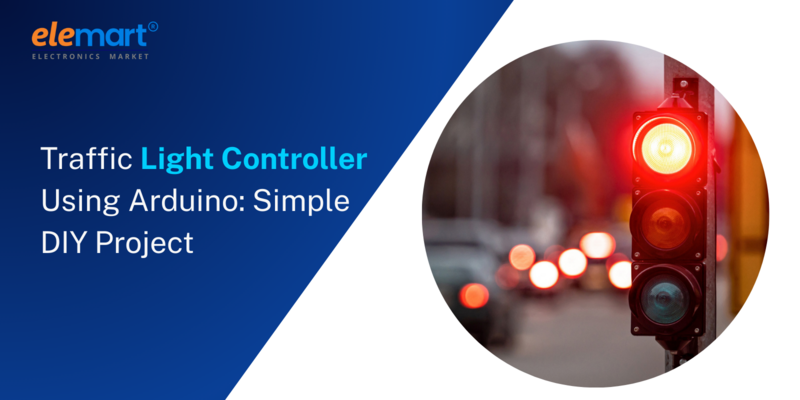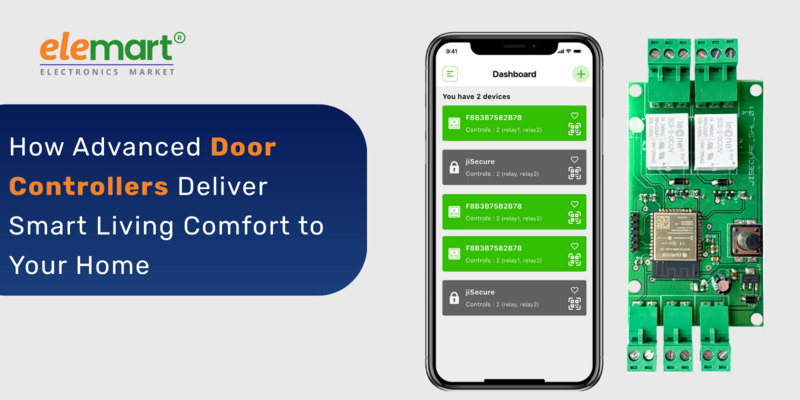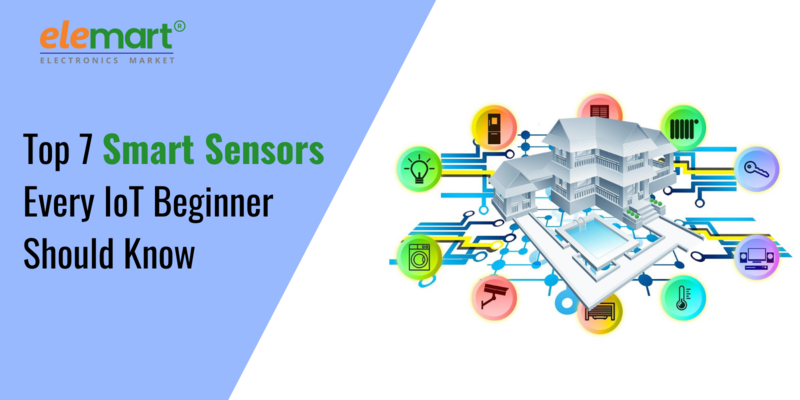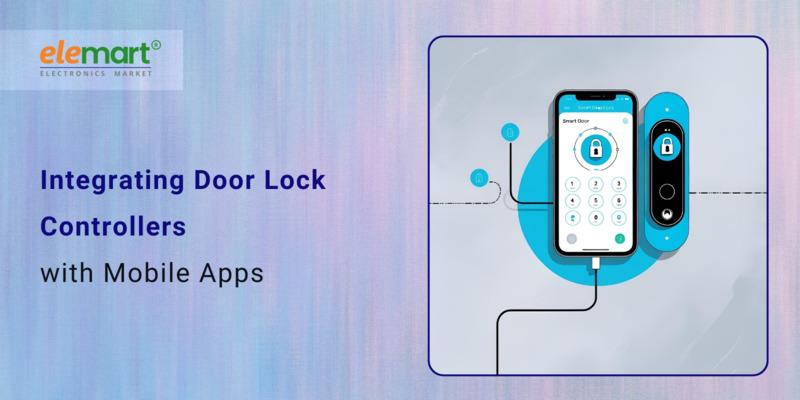- Jul 08, 2025
Share this post on:
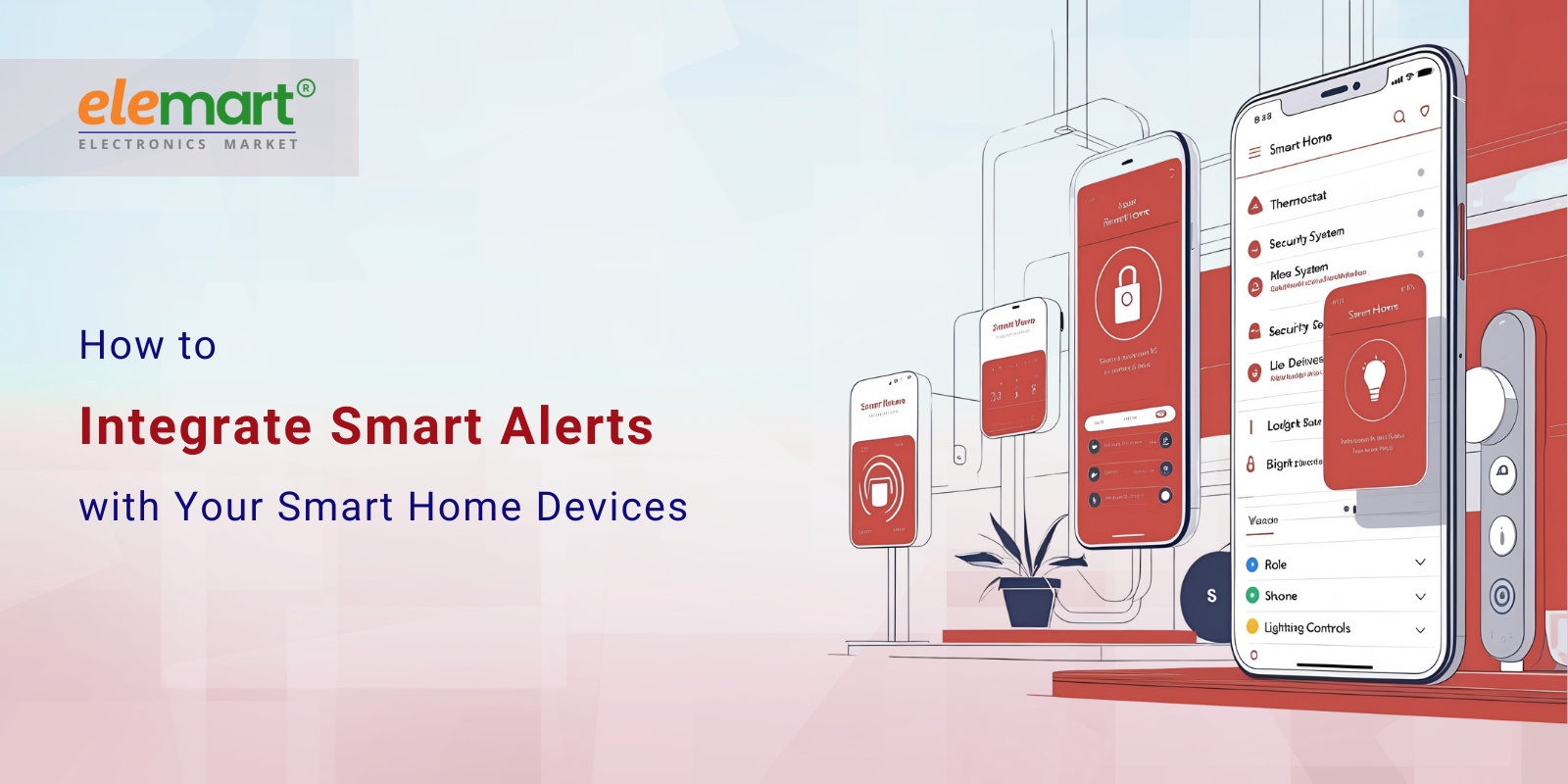
The promise of a smart home is more than just voice-controlled lights and temperature adjustments. It’s about proactive intelligence – knowing when something needs your attention, even when you’re not actively monitoring. That's where smart alerts and notifications come in. Integrating these alerts effectively can transform your smart home from a novelty into a genuinely helpful and safe haven. This guide will walk you through the fundamentals, explore advanced techniques, and help you tailor alerts to your specific needs.
Understanding Smart Alerts: Beyond the Basics
At their core, smart alerts are notifications triggered by specific events within your smart home ecosystem. These aren’t just generic “motion detected” messages. They’re about defining meaningful events that warrant your attention. Think of it as creating a rulebook for your home.
- Event Triggers: These are the conditions that activate an alert. Examples include:
- Motion Detection: Identifying movement in a specific area (front door, baby's room).
- Door/Window Sensors: Detecting opening/closing events.
- Temperature & Humidity: Exceeding or falling below predefined thresholds.
- Water Leak Detection: Identifying moisture in vulnerable areas (under sinks, near appliances).
- Smoke/CO Detectors: Triggering immediate alerts for safety.
- Smart Locks: Notifying you when someone unlocks the door.
- Energy Usage: High or unusual energy consumption patterns.
- Notification Methods: How you receive the alerts:
- Push Notifications: Directly to your smartphone via the device's app. This is the most common and immediate method.
- Email: Useful for less urgent notifications or summaries.
- SMS (Text Messages): Critical for urgent alerts when you can't rely on app notifications (e.g., due to airplane mode). Often requires a paid service.
- Smart Speakers (Voice Alerts): “Alexa, there’s motion detected at the front door.”
- IFTTT/Zapier Integration: Connecting your smart home to other services like Slack, social media, or even custom email filters.
Setting Up Basic Alerts: A Device-by-Device Approach
The initial setup process varies depending on your smart home platform (Amazon Alexa, Google Home, Apple HomeKit, SmartThings, etc.) and the specific devices you’re using. Here's a breakdown for some common devices:
- Motion Sensors (Ring, Arlo, Aqara): Most motion sensors allow you to set schedules (e.g., only alert during certain hours) and define sensitivity levels. Experiment to minimize false alarms (pets, shadows).
- Door/Window Sensors (Schlage, Yale): Set up alerts for when doors or windows open when they shouldn’t (e.g., during the night). You can often customize alerts to differentiate between authorized users (family) and unknown entries.
- Smart Thermostats (Nest, Ecobee): Receive alerts if your thermostat malfunctions or if temperatures deviate significantly from your set preferences.
- Water Leak Sensors (Flo by Moen, Govee): These are arguably the most crucial alerts for home safety. Immediate notification of a leak can prevent significant water damage.
- Smoke/CO Detectors (Nest Protect, First Alert Onelink): Ensure these are properly configured and tested. These alerts are life-saving, so reliability is paramount. Make sure you have a plan for what to do when you receive these alerts.
Advanced Alert Customization: Refining Your Smart Home Intelligence
Basic alerts are a good starting point, but the real power lies in customizing them. Here’s how to move beyond the basics:
- Geofencing: Create alerts triggered by your location. For example:
- "Alert me if the garage door is left open and I’m more than a mile away."
- "Automatically adjust the thermostat and lock the doors when everyone leaves the house."
- Combining Triggers (Rules & Routines): Instead of single events, chain multiple triggers together.
- "If the front door opens AND it's after 10 PM, send me a text message."
- "If the water leak sensor detects water AND the sprinkler system is running, send me an email."
- Using "AND/OR" Logic: This greatly increases the complexity and usefulness of your rules.
- “Alert me if the living room motion sensor detects movement AND the lights are off – could be an intruder."
- AI-Powered Alerts (Some Platforms Offer): Google Home and Amazon Alexa are incorporating AI to learn your habits and filter out false positives. These systems can learn to distinguish between a pet walking past a motion sensor and a potential break-in.
- Custom Integrations (IFTTT/Zapier): These platforms let you connect your smart home to practically anything. Examples:
- Send a notification to your work Slack channel when your kids arrive home from school.
- Automatically start a playlist on Spotify when the front door unlocks.
Troubleshooting Common Alert Issues
- False Positives: The bane of smart home alerts. Solutions:
- Adjust Sensitivity: Most devices allow you to tweak sensitivity levels.
- Refine Schedules: Only enable alerts during relevant times.
- Add Exclusion Zones: Tell the system to ignore certain areas (e.g., a pet’s favorite napping spot).
- Check for Obstructions: Ensure motion sensors and door/window sensors aren't blocked.
- Notification Delays:
- Check Internet Connection: A weak Wi-Fi signal can cause delays.
- App Updates: Ensure your device apps are up to date.
- Server Issues: Occasionally, the smart home platform may experience temporary outages.
- Notification Failures:
- Check Notification Settings: Verify that notifications are enabled for the specific device and app.
- Battery Life: Low battery in sensors can lead to missed notifications.
- App Permissions: Ensure the app has the necessary permissions (location, notifications) on your smartphone.
Prioritizing Safety: Alerts That Matter Most
While convenience is a major benefit of smart alerts, their true value lies in enhancing safety and security.
- Smoke/CO Detectors: These alerts must be prioritized. Consider SMS notifications in addition to push notifications. Have an emergency plan in place.
- Water Leak Sensors: Prompt notification can prevent extensive damage.
- Security Cameras with Person Detection: These alerts are more reliable than generic motion alerts, reducing false positives and drawing your attention to potential threats. Review recordings regularly.
- Glass Break Sensors: Adding an extra layer of security against break-ins.
Future Trends in Smart Alerts
- Predictive Alerts: AI will increasingly be used to anticipate potential issues before they occur (e.g., predicting a potential water leak based on historical data).
- Integration with Local Emergency Services: Directly notifying emergency services in critical situations (requires specific platform capabilities and local regulations).
- Personalized Alert Tiers: Customizable alert levels based on your risk tolerance and preferences.
Conclusion:
Integrating smart alerts with your smart home devices is more than just setting up notifications—it’s about creating a proactive and intelligent home that enhances your safety, security, and overall quality of life. By understanding the basics, mastering advanced customization, and prioritizing critical alerts, you can truly unlock the full potential of your smart home. Regularly review and adjust your alerts to ensure they remain relevant and effective as your needs evolve.
